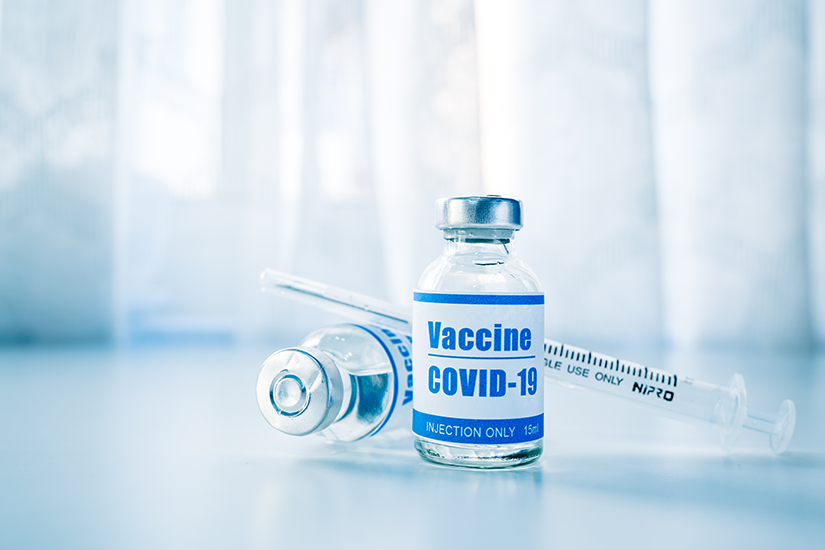- Emergency Ambulance Services
- 8606811111
- 0471-4077777, 0471-7177888
- gro@sutpattom.com
Transfusion Medicine – A Review
B. Radhakrishnan, Technical Supervisor, SUT Hospital, Pattom
Transfusion medicine was one of the most important discoveries in the medical field. The branch, which was started on an experimental basis, is now advancing, saving the lives of millions of people around the world. Innovative discoveries are also being made on a daily basis.
The history of transfusion medicine begins in 1628 with the invention of blood circulation by William Harvey. Later, in 1665, the first transfusion experiment with dogs took place in England. Decades later, in 1818, James Blendon of Britain successfully completed the first blood transfusion in humans. It was a milestone in the history of transfusion medicine.
The second phase of the history of transfusion medicine begins with Carl Landsteiner. In 1901 he made a very revolutionary discovery – blood types. This marked the beginning of a wave of change in the medical field. He discovered that there were three blood groups, A, B, and O, and then his colleagues Alfred DeCastello and Adriano Sterley discovered the fourth blood type, AB. It was an invention that could rewrite world history. The entire medical scenario is in the grip of change. Lansteiner was awarded the Nobel Prize by the world in 1930 for this revolutionary discovery and was recognized as the father of transfusion medicine.
Later, in 1907, Hektoen introduced the need for cross – matching of blood and the safety of patients to the world. Then the idea of collecting blood emerges with the invention of various anticoagulants. The number of anticoagulants that can increase the life of the blood stored in transfusion medicine, such as heparin, ACD, CPD, and CPDA, has increased. Eventually, with the discovery of SAGM solution, the collected blood could be stored for up to 42 days.
Carl-Lansteiner discovered the ‘Rh’ blood type around 1914. It was the next crucial turning point in the history of transfusion medicine. With this, the mortality rate due to transfusion started to decrease drastically. There was a wave of change around the world. Transfusion medicine had by then played an important role in sustaining the lives of most patients.
In 1960, Solomon and J. L. Fahey first proposed the concept of plasma apheresis and introduced the world to the idea that blood can be divided into its components, blood cells and plasma. Subsequently, the platelet separation process was able to save the lives of patients with low platelet count. The ELISA test was introduced in 1985 to diagnose deadly blood-borne diseases such as HIV and HBV.
The need for transfusion medicine is immense in today’s world. Many people have been bleeding to death since the war. Transfusion medicine plays a vital role in saving the lives of all these people. That is why we can all donate blood every 3 months to sustain a life. People with rare blood groups should definitely donate blood. By donating your blood we can save the lives of many.
Millions depend on blood or its components for survival. Transfusion medicine is in the grip of change. Automatic machines work wherever the intellect and skill of a technologist is needed. The gel system was present in all test branches, including blood groups and cross-matching.
The medical field of transfusion medicine is still advancing with new discoveries and new technologies and taking care of the lives of most of the world’s population. All young people need to come forward and participate in blood donation, recognizing the need for blood donation in this era.









